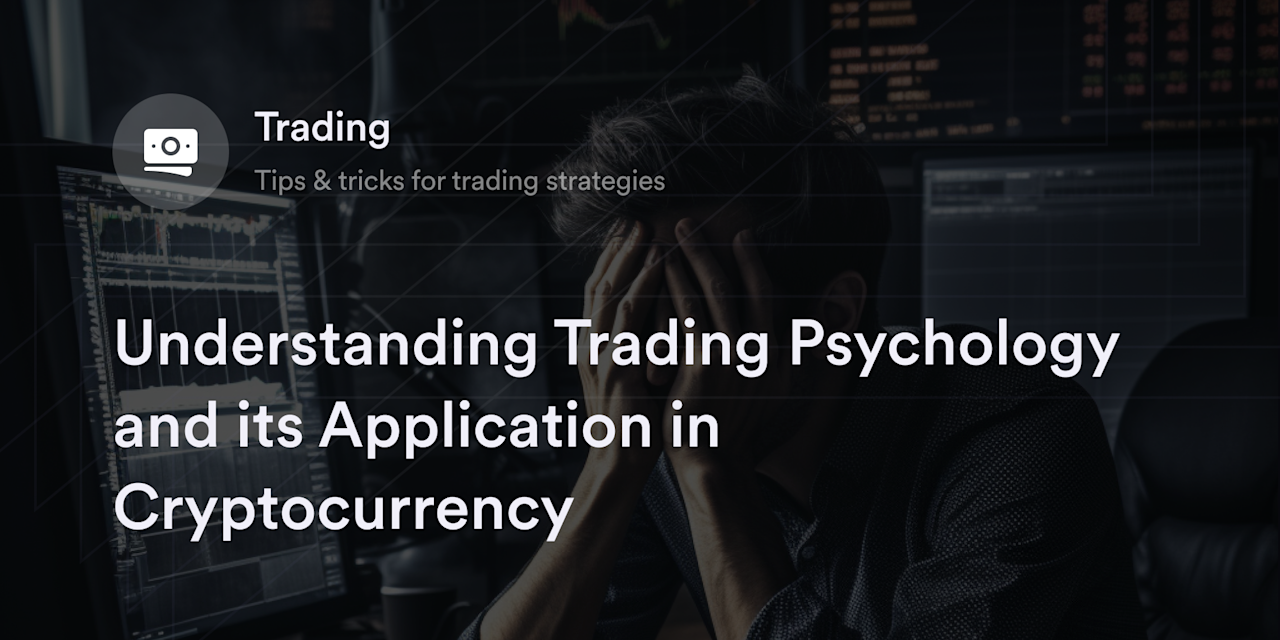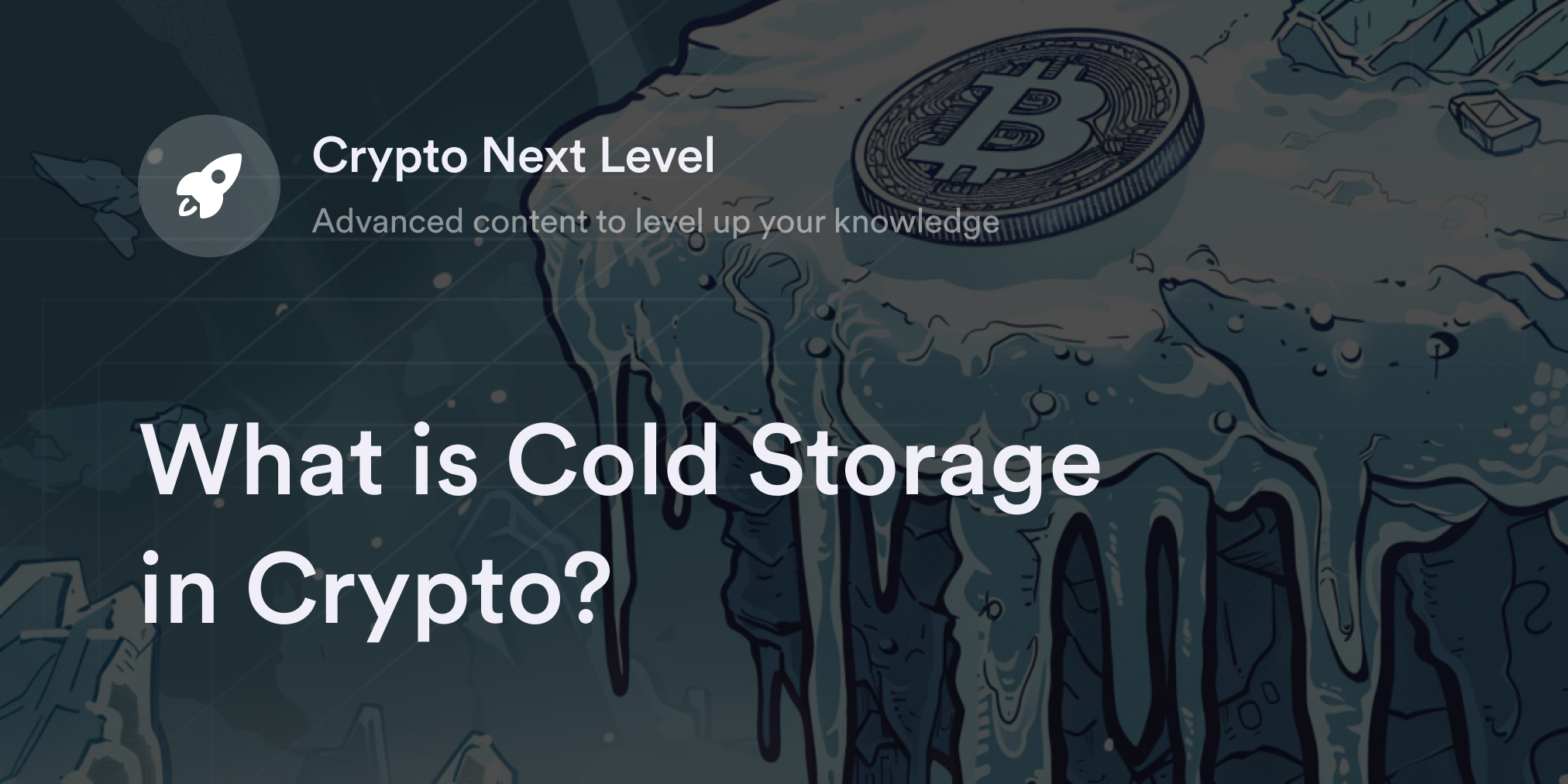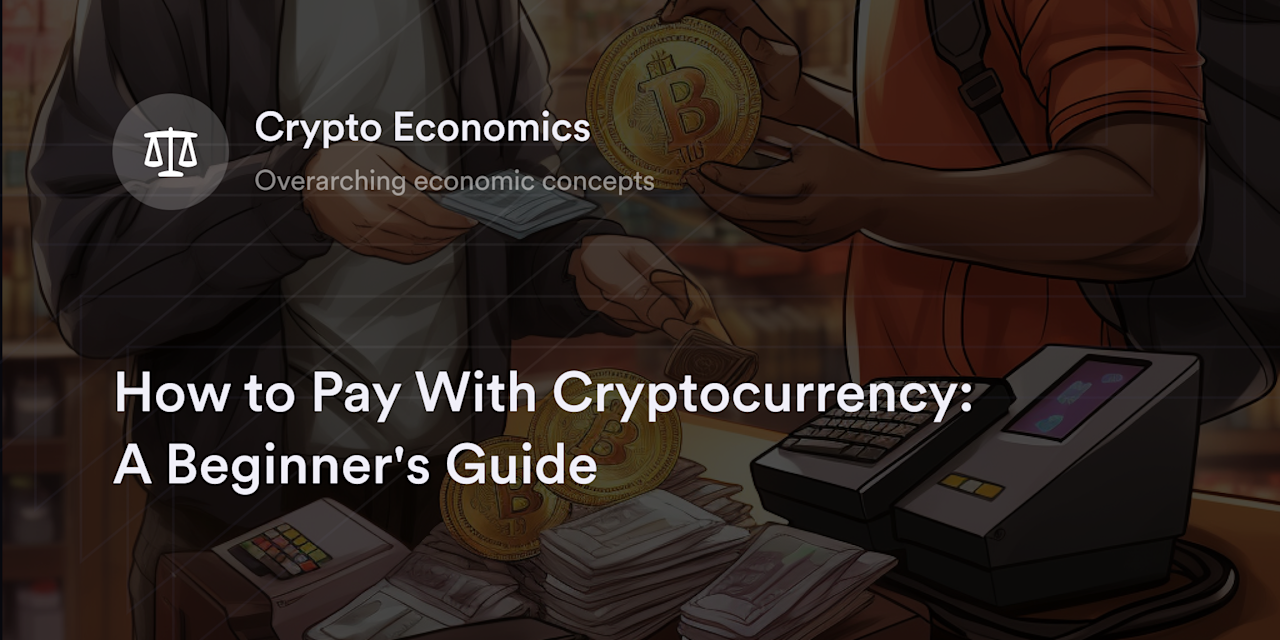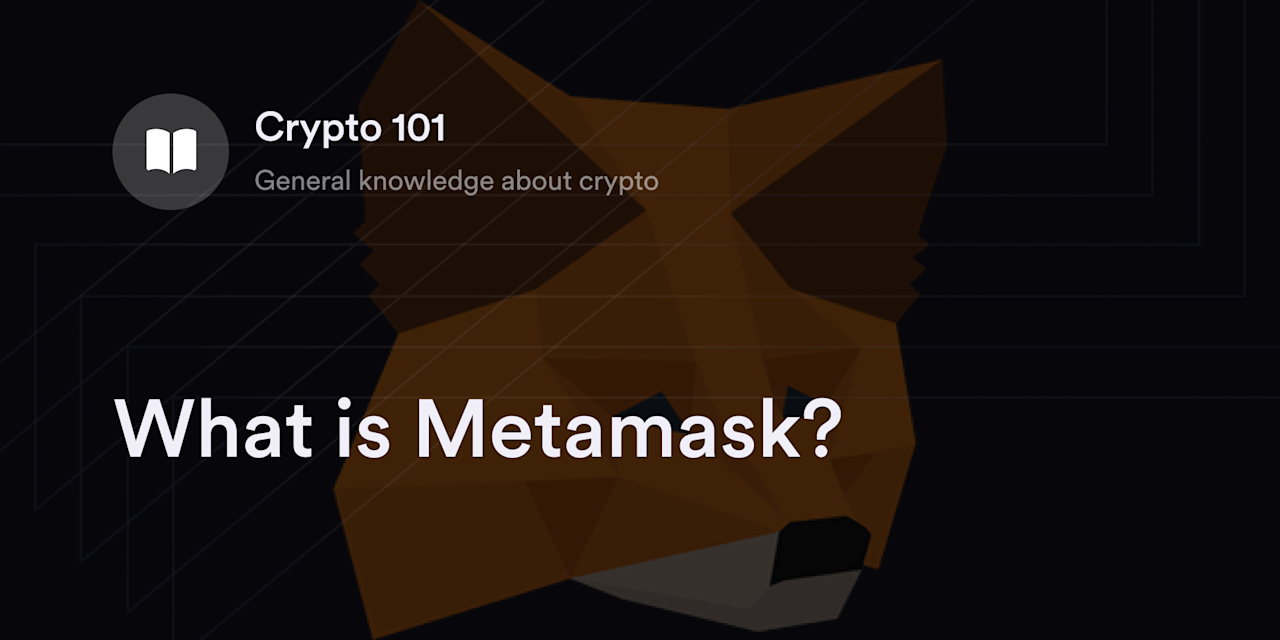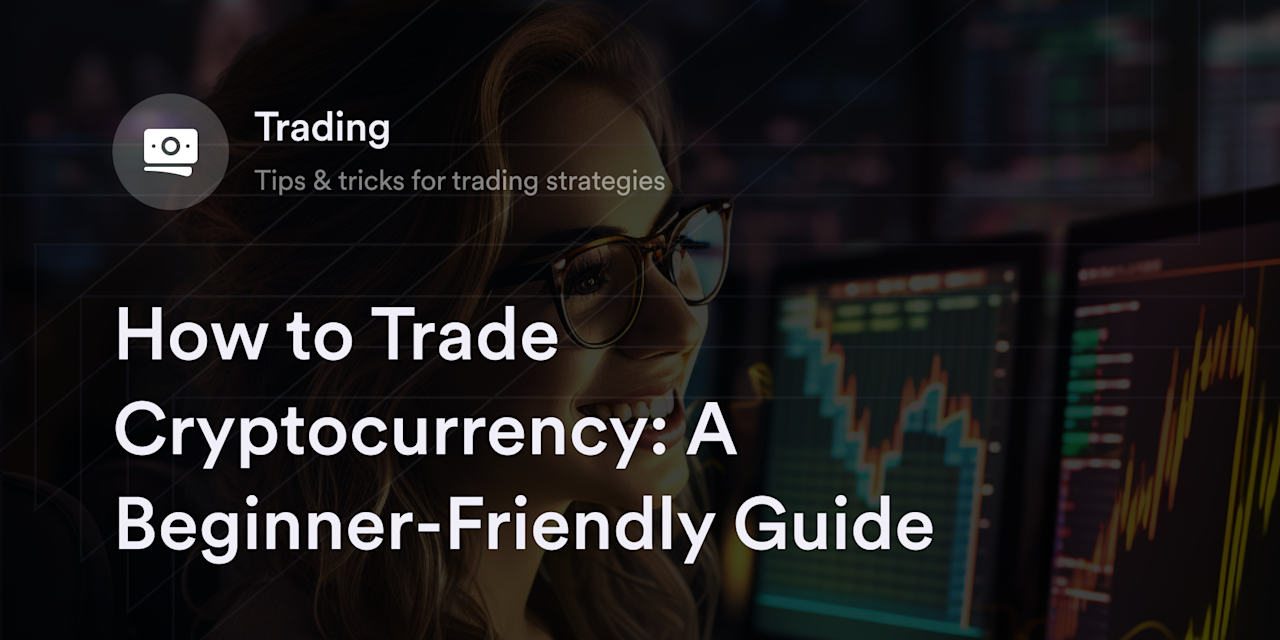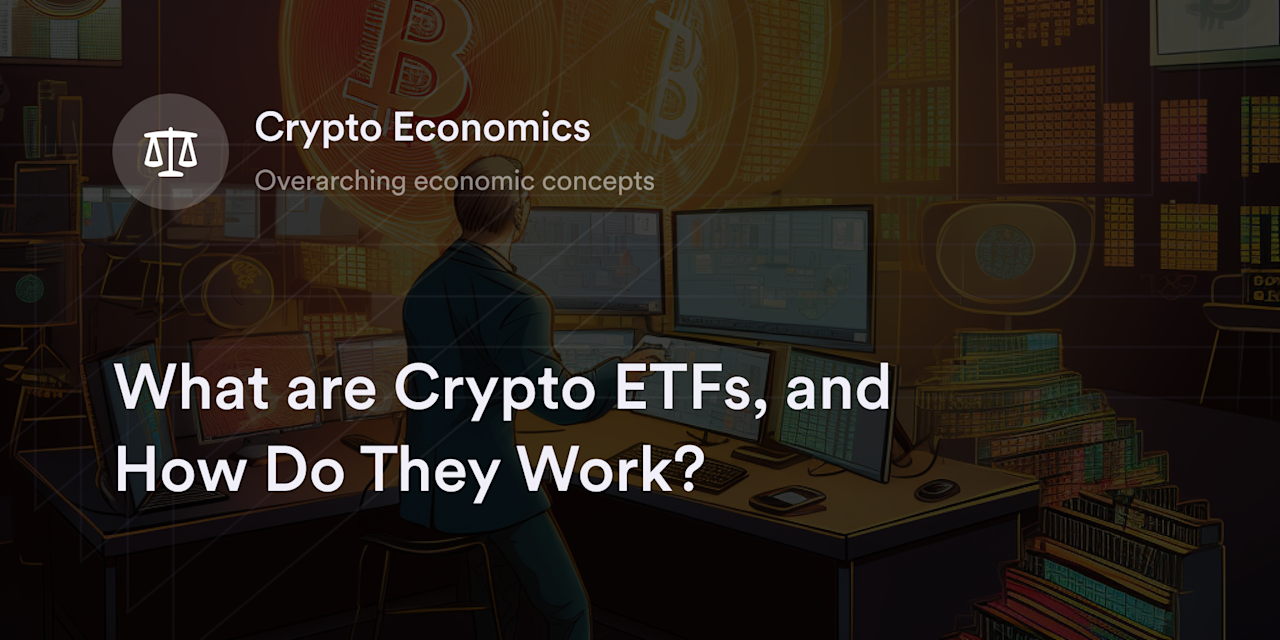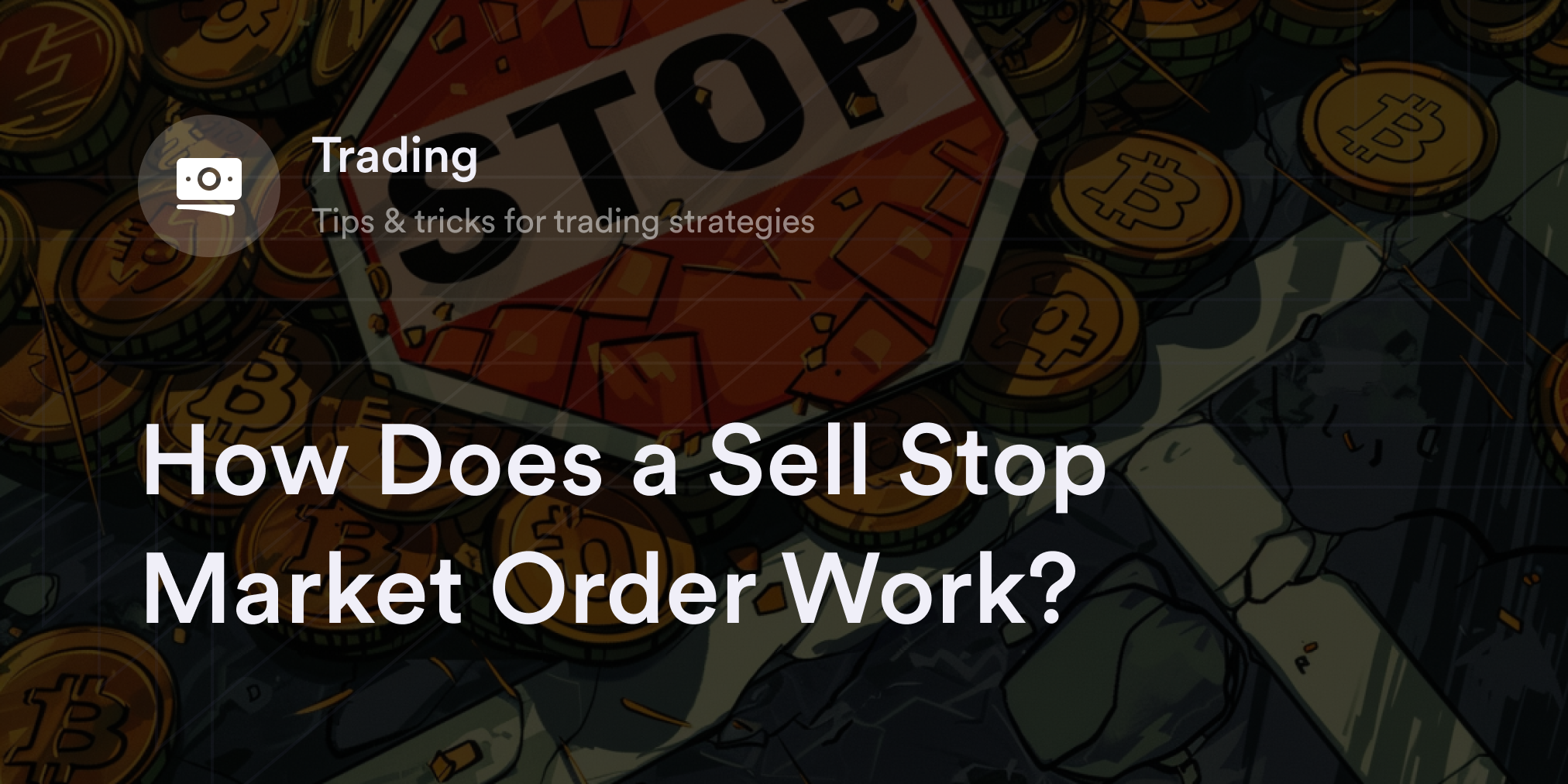
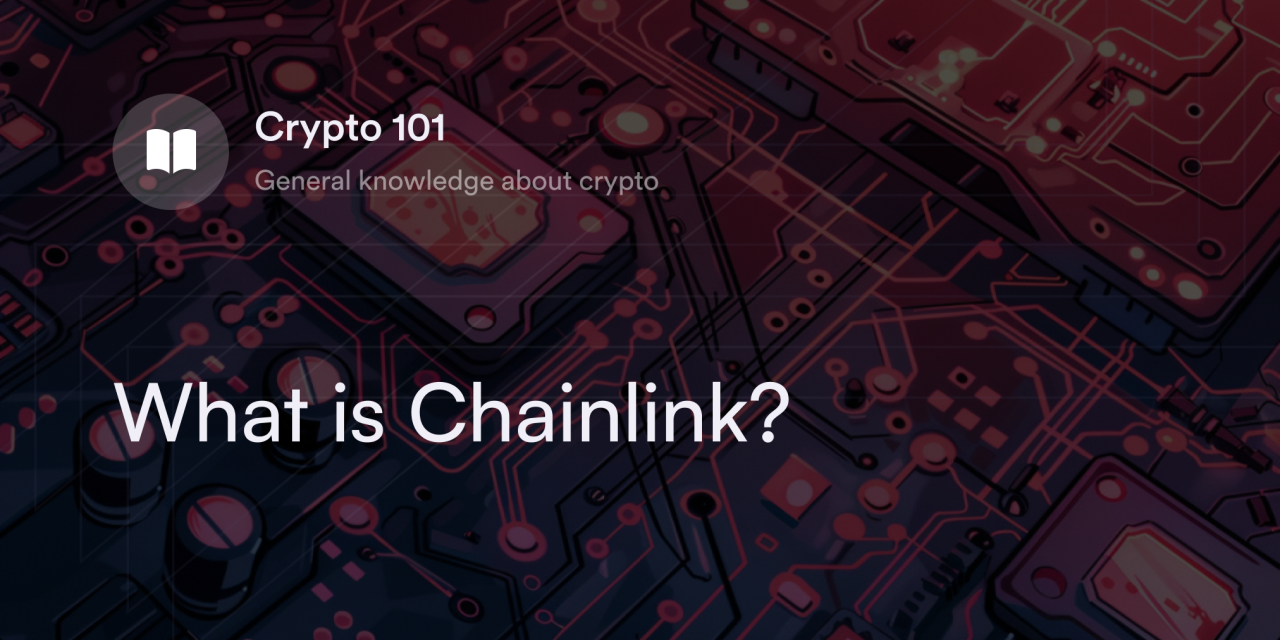

The decentralization of cryptocurrency’s blockchain technology is a double-edged sword for developers.
The peer-to-peer (P2P) system works well within the confines of crypto networks like Bitcoin (BTC), making it possible to securely store and transfer virtual currencies without third-party intervention.
But it also presents a unique challenge when programmers want to break out of blockchain native applications and introduce real-world utility. Whenever developers link their protocols to external data feeds, they risk creating points of centralization, thus undoing cryptocurrency’s decentralized design.
Chainlink Labs offers a solution to the dilemma of bringing real-world data on-chain without increasing the threat of centralization. It isn’t the only crypto project trying to link blockchains with the wider world, but it’s become an influential Web3 project with many prominent partnerships.
For anyone interested in the evolution of cryptocurrency, learning what Chainlink is and how it’s broadening blockchain technology’s reach is key. Here’s what you need to know.
What is Chainlink in Crypto?
Chainlink is a decentralized oracle network, which means it helps transfer data between decentralized cryptocurrency protocols and centralized external data sources. Specifically, the Chainlink Network focuses on interpreting, verifying, and sending on-chain and off-chain info related to programs called “smart contracts.”
In a smart contract, developers write “if/then” statements to automate complex processes on their blockchains, including executing trades on decentralized exchanges (DEXs), creating digital collectibles called non-fungible tokens (NFTs), or rewarding users of a blockchain-based video game. The Chainlink Network lets blockchain programmers access off-chain info and incorporate it into their smart contracts without using centralized data feeds. Instead of directly linking blockchains to real-world data, Chainlink has proprietary decentralized mechanisms to ensure the info it sends to a blockchain’s ecosystem doesn’t have a single point of failure.
Developers Sergey Nazarov and Steve Ellis launched Chainlink on Ethereum (ETH) in 2017, and the company Chainlink Labs plays a crucial role in organizing the Chainlink blockchain’s funding, research, and development. Although Chainlink remains most popular on Ethereum, it also works on Ethereum-compatible blockchains like Polygon (MATIC), Avalanche (AVAX), and Arbitrum (ARB).
How Does Chainlink Work? The Basics
The computers (or “nodes”) on Chainlink’s blockchain verify, broadcast, and route data between on-chain and off-chain entities. To become a Chainlink node, users need to download Chainlink’s software onto their computer and lock (or “stake”) Chainlink’s native LINK token to start processing data requests. As compensation for their participation — and as an incentive to attract more computers on the blockchain — Chainlink nodes receive a portion of the LINK fees clients pay to use the Chainlink Network.
Chainlink has a multi-stage contract process to scan, translate, and transfer data between on-chain and off-chain sources. When developers want an external data feed for their smart contracts, they first send a “Requesting Contract” with their specifications to the Chainlink protocol. After receiving the Requesting Contract, Chainlink’s algorithms record this info and generate a Service Level Agreement (SLA) Contract made up of three sub-contracts:
Reputation Contract: First, Chainlink’s algorithm reviews the history and reliability of node operators to find those best suited for the requested data feed. The more experience nodes have in providing quality information, the greater the odds they’ll get the opportunity to submit a bid for a Requesting Contract and receive LINK tokens.
Order-Matching Contract: As long as nodes pass the reputation phase, they’re free to send bids to the Chainlink blockchain for a data retrieval task. Chainlink sifts through the bid proposals from node operators and selects how many nodes are ideal for the data request.
Aggregating Contract: As nodes retrieve and send info between off-chain and on-chain sources, Chainlink verifies the integrity of this data by cross-referencing the results. If Chainlink’s algorithm detects outliers from a single data source, it automatically removes the information from the inaccurate nodes. However, when nodes transmit data from multiple sources (e.g., price feeds on cryptocurrencies from different exchanges), the Aggregating Contract synthesizes this information to provide the client with an average price.
What is Chainlink Used for? Potential Applications
For some crypto traders, Chainlink is only known for transferring cryptocurrency price feeds between centralized and decentralized trading platforms. Although crypto price aggregation is a notable use case for Chainlink’s service, there are many other ways this oracle opens up blockchain technology:
Decentralized Finance (DeFi): The term “DeFi” refers to financial services like crypto lending, borrowing, and trading offered on blockchains like Ethereum or Cosmos (ATOM). Instead of relying on banks or brokerage houses, DeFi apps use smart contracts to process and record crypto transactions automatically. To ensure the accuracy of cryptocurrency conversion rates, many DeFi sites use oracles like Chainlink to gather price feeds from centralized exchanges and price aggregator websites like CoinMarketCap.
Supply chains: Some corporations involved in supply chain management are exploring the benefits blockchain payment ledgers and smart contracts offer their business model. With an oracle like Chainlink, supply chain managers have a way to track critical details like customs clearance, commodity rates, and geographical locations to incorporate these points into smart contract workflows.
Insurance: With Chainlink, there’s no need to go through a lengthy claim process with an insurance agent. Instead, when a significant event occurs — such as torrential weather or a canceled flight — Chainlink routes this info to a self-executing smart contract for an instant insurance payout.
Voting: Blockchain advocates argue oracles like Chainlink have the power to enhance the legitimacy of democratic elections. Instead of tallying votes using centralized servers, decentralized oracles record everyone’s ballot on transparent, immutable, and tamper-proof blockchain ledgers. Plus, since smart contracts respond to “if/then” statements, they automatically enforce the will of the majority.
Online identity: Chainlink provides a way to merge real-world and online identities by connecting data from reputable sources (e.g., government agencies) with cryptocurrency wallets. Although this use case raises privacy concerns, it potentially increases trustworthiness in Web3 and reduces the incidence of fraud.
What is the LINK Token, and Where do Crypto Traders Buy it?
LINK is the native cryptocurrency token in Chainlink’s ecosystem and the official payment method for anyone who uses its data transfer services. Clients interested in retrieving info from Chainlink pay node operators in LINK tokens, and nodes need to stake LINK to participate in the data transfer process.
LINK tokens follow the ERC-20 token standard on the Ethereum blockchain, and they’re available on many centralized and decentralized cryptocurrency exchanges. Since Chainlink is a multi-billion-dollar cryptocurrency project, LINK is one of the most accessible and actively traded altcoins.
Although LINK’s primary use case isn’t for price speculation, some traders buy, hold, or short LINK in the crypto market. There’s even a crypto slang term for traders with a bullish outlook on the price of LINK: “marines.”
To find the latest list of crypto exchanges offering LINK tokens, search for “LINK” on a crypto price aggregator site like CoinMarketCap or CoinGecko and click the “Exchanges” tab to see all of the markets offering LINK trading pairs.
Put Chainlink Crypto Perps in Your Trading Arsenal
Good news, Chainlink marines: dYdX offers eligible traders deep liquidity for LINK perpetual contracts on our industry-leading decentralized exchange. After “linking” a compatible crypto wallet, eligible traders enjoy access to Bitcoin and dozens of altcoin perpetual swaps, plus advanced order types, slippage tolerance, and leverage. For more details on how dYdX works and our latest upgrades, stay tuned to dYdX’s official blog. Also, check out dYdX Academy for more educational articles on all things crypto, and eligible traders can start trading on dYdX today.
Disclaimer
The content of this article (the “Article”) is provided for general informational purposes only. Reference to any specific strategy, technique, product, service, or entity does not constitute an endorsement or recommendation by dYdX Trading Inc., or any affiliate, agent, or representative thereof (“dYdX”). Use of strategies, techniques, products or services referenced in this Article may involve material risks, including the risk of financial losses arising from the volatility, operational loss, or nonconsensual liquidation of digital assets. The content of this Article does not constitute, and should not be considered, construed, or relied upon as, financial advice, legal advice, tax advice, investment advice, or advice of any other nature; and the content of this Article is not an offer, solicitation or call to action to make any investment, or purchase any crypto asset, of any kind. dYdX makes no representation, assurance or guarantee as to the accuracy, completeness, timeliness, suitability, or validity of any information in this Article or any third-party website that may be linked to it. You are solely responsible for conducting independent research, performing due diligence, and/or seeking advice from a professional advisor prior to taking any financial, tax, legal, or investment action.
You may only use the dYdX Services in compliance with the dYdX Terms of Use available here, including the geographic restrictions therein.
Any applicable sponsorship in connection with this Article will be disclosed, and any reference to a sponsor in this Article is for disclosure purposes, or informational in nature, and in any event is not a call to action to make an investment, acquire a service or product, or purchase crypto assets. This Article does not offer the purchase or sale of any financial instruments or related services.
By accessing this Article and taking any action in connection with the information contained in this Article, you agree that dYdX is not responsible, directly or indirectly, for any errors, omissions, or delays related to this Article, or any damage, injury, or loss incurred in connection with use of or reliance on the content of this Article, including any specific strategy, technique, product, service, or entity that may be referenced in the Article.
